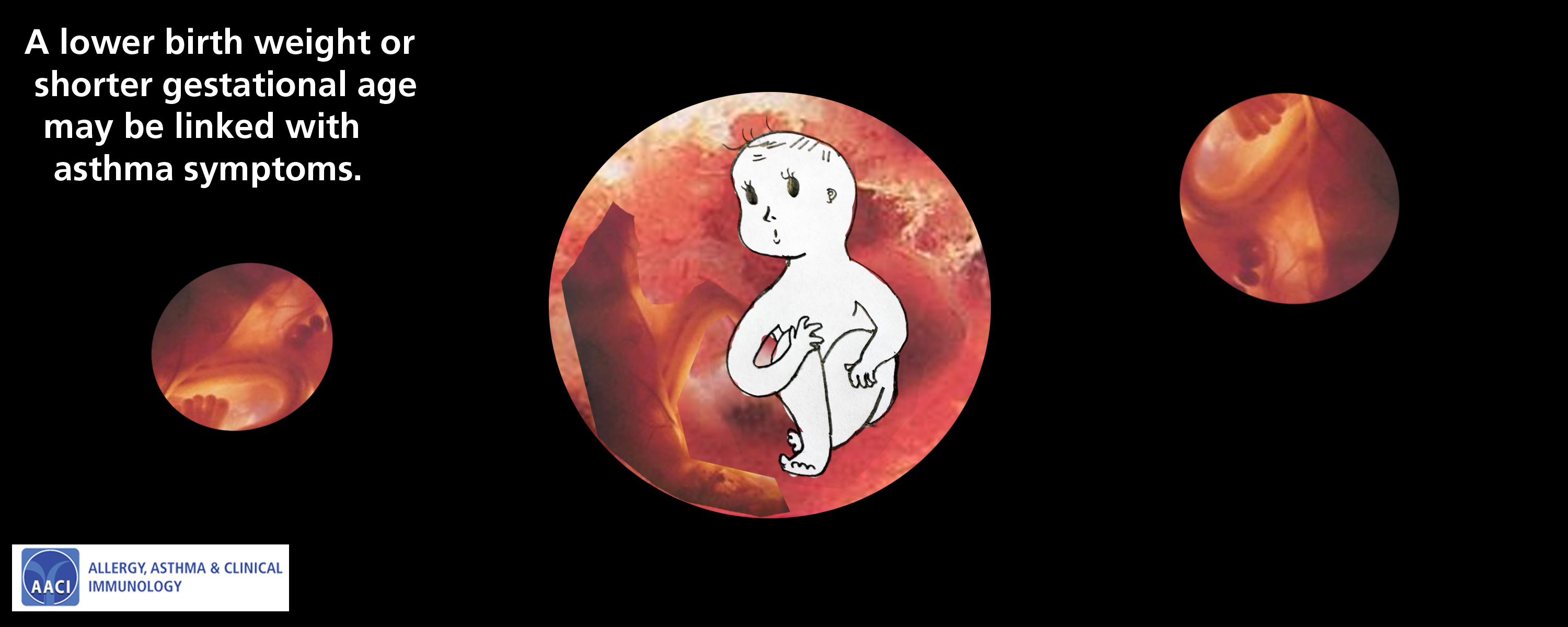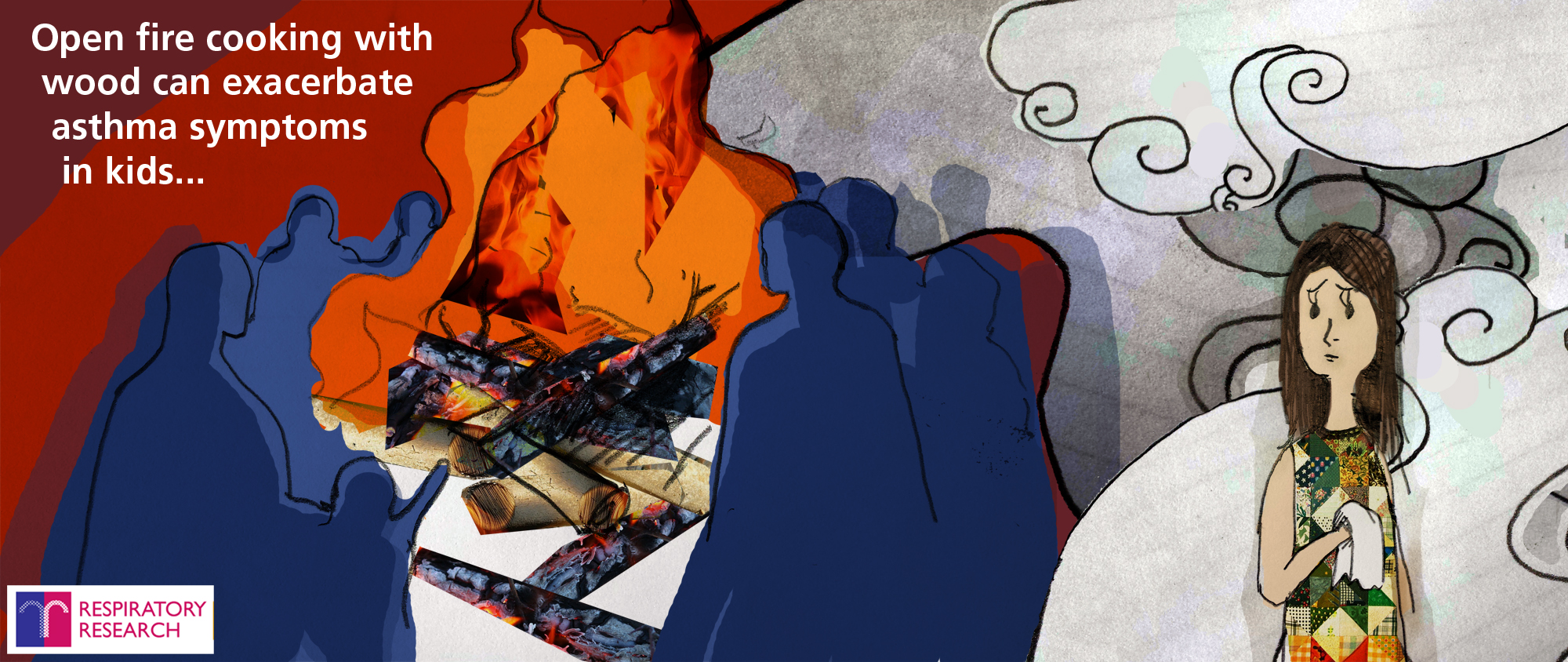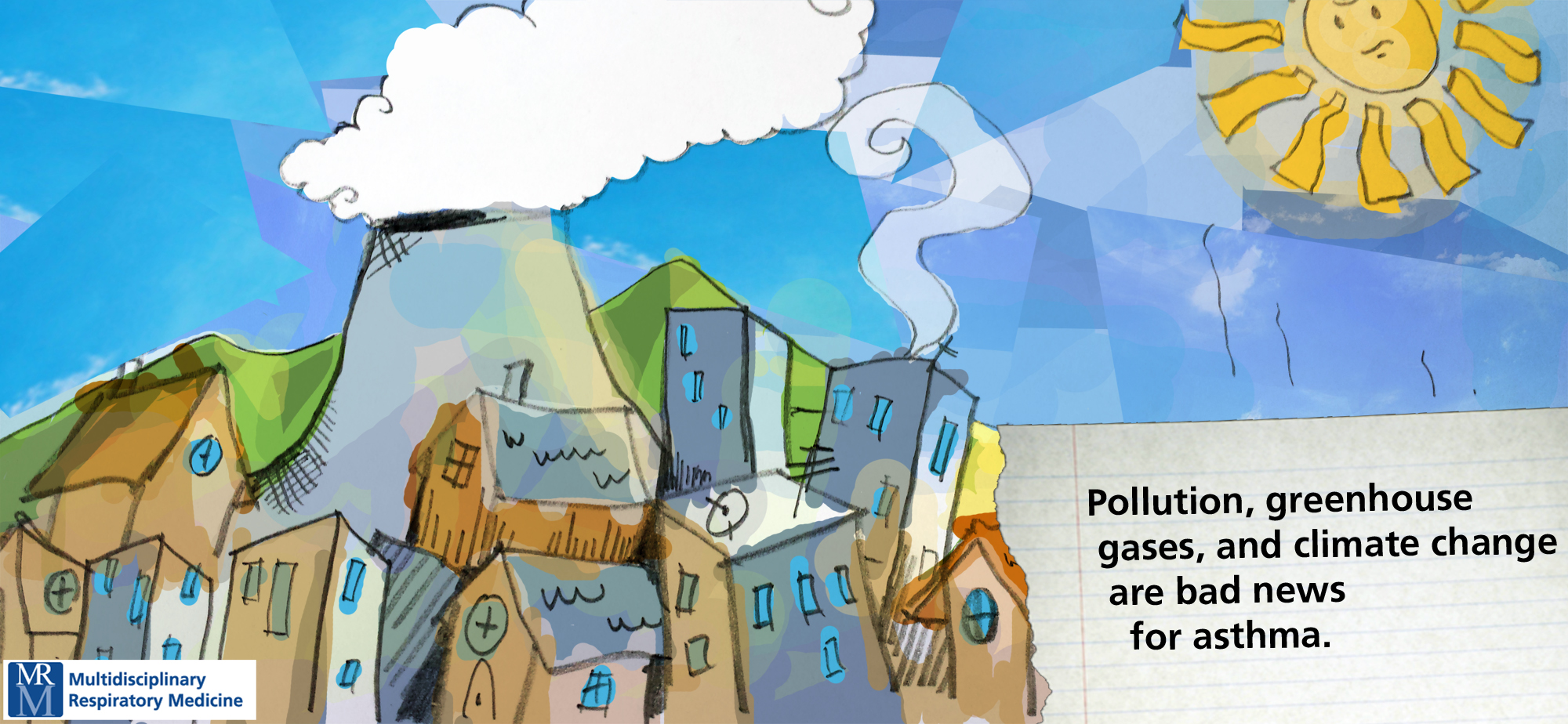Asthma is one of the most common chronic lung diseases affecting approximately 300 million people worldwide, but despite this little is understood about the causes of the disease itself. To mark World Asthma day, I’ve taken a look at some of the research that’s helping to increase our knowledge of this widespread condition.
Asthma is a condition that millions of people have to deal with on a daily basis. It’s typically characterized by recurring respiratory symptoms such as coughing, wheezing, shortness of breath and chest tightening. These symptoms are variable and can fluctuate for each individual over time. Asthma sufferers’ airways tend to narrow more easily than those without the disease, in response to a variety of different triggers such as certain allergies and exercise.
World Asthma Day is organized annually by GINA (Global Initiative for Asthma) to help improve asthma awareness and care around the world.
To recognize this day I’ve gathered together some research that has been published in our journals recently to showcase what scientists are doing to aid asthma research and help develop new treatments. You can view all of the articles mentioned below, as well as some further recent asthma research here.
Environmental factors and their effect on Asthma
We all know that the environment can have a huge impact on asthma exacerbations, whether it be from cigarette smoke or pollution within the atmosphere. This was recently brought to light during the brief spell of high air pollution levels that we saw here in London a few weeks ago. This caused a 14% rise in calls to the emergency services related to breathing problems, according to the London Ambulance Service.
A study conducted in Venezuela and published in Respiratory Research, has taken this knowledge further, discovering that children living in rural settings in a household where wood is used for cooking, or where more than ten cigarettes are smoked daily, are at a higher risk of having asthma symptoms.
This research suggests that preventative measures, such as education about the risks of wood smoke, improved chimney stoves, and keeping children out of the kitchen during cooking, should be taken to avoid health damage and prevent asthma development.
Could sunshine hold the key?

Previous studies have shown that getting more vitamin D could help control the symptoms of severe asthma and have even established an association between low maternal vitamin D levels during pregnancy and a subsequent increased risk of asthma in their child.
Recent findings from a study published in BMC Medical Genomics have mapped this relationship between vitamin D and asthma back to the genetic level. The study demonstrated that vitamin D genes are actively regulated in the lung of a developing human fetus and that a disproportionate number of these genes are differentially regulated in asthma.
This study therefore provides a genomic basis for the epidemiological observations relating maternal vitamin D intake and childhood asthma susceptibility.
Risk of asthma hospitalization in relation to fetal development

Findings published in Allergy, Asthma and Clinical Immunology also looked at fetal development to try and ascertain some of the underlying causes of the disease.
This comprehensive study analyzed the prevalence of asthma in all children born in Sweden, Finland and Denmark within a certain time period and then linked these figures to their gestational ages and birth weights.
It concluded that the risk for asthma hospitalization consistently increased with children of a lower birth weight and shorter gestational age. Interestingly the study found that children that with a low birth weight in relation to their gestational age were associated with an increased risk of hospitalization for asthma symptoms when born in term but not in preterm born children.
Climate Change and its impact on Asthma
And finally, an interesting review published in Multidisciplinary Respiratory Medicine has collated and discussed the public health issues of climate change and air pollution, and their effect on the prevalence of asthma and other allergic diseases.
The review analyzes many different types of pollutant such as greenhouse gases, ozone, nitrogen dioxide, and traffic related air pollution and concludes that strategies to reduce climate change and air pollution are needed to help decrease the incidence of asthma, amongst many other reasons.
Lots of promise
So while understanding of the causes of asthma may be lower than for other conditions, this is clearly changing.


Great article and insight into this issue.
I
was 14 when the doctor diagnosed me with asthma. The first few years were tough
but eventually I have figured out what are those that I need to avoid. I still
suffer with it at times (there are things that are unavoidable) and I just go
through the usual stuff that I do, depending on the level of risk. Drinking
lots of water and swimming had help me a lot to go through it, but apparently
for some, it’s not enough.
– Zarbees.com